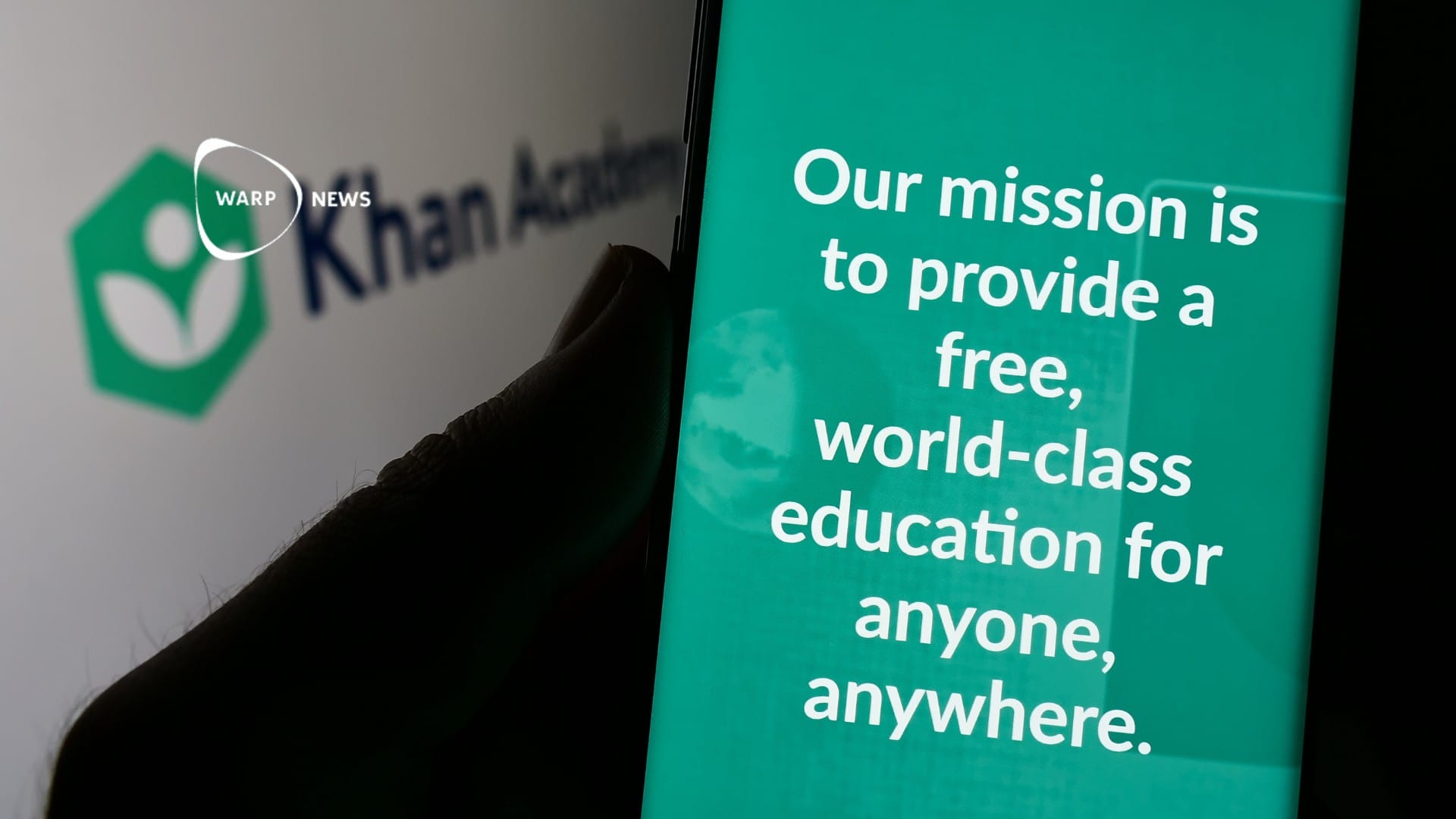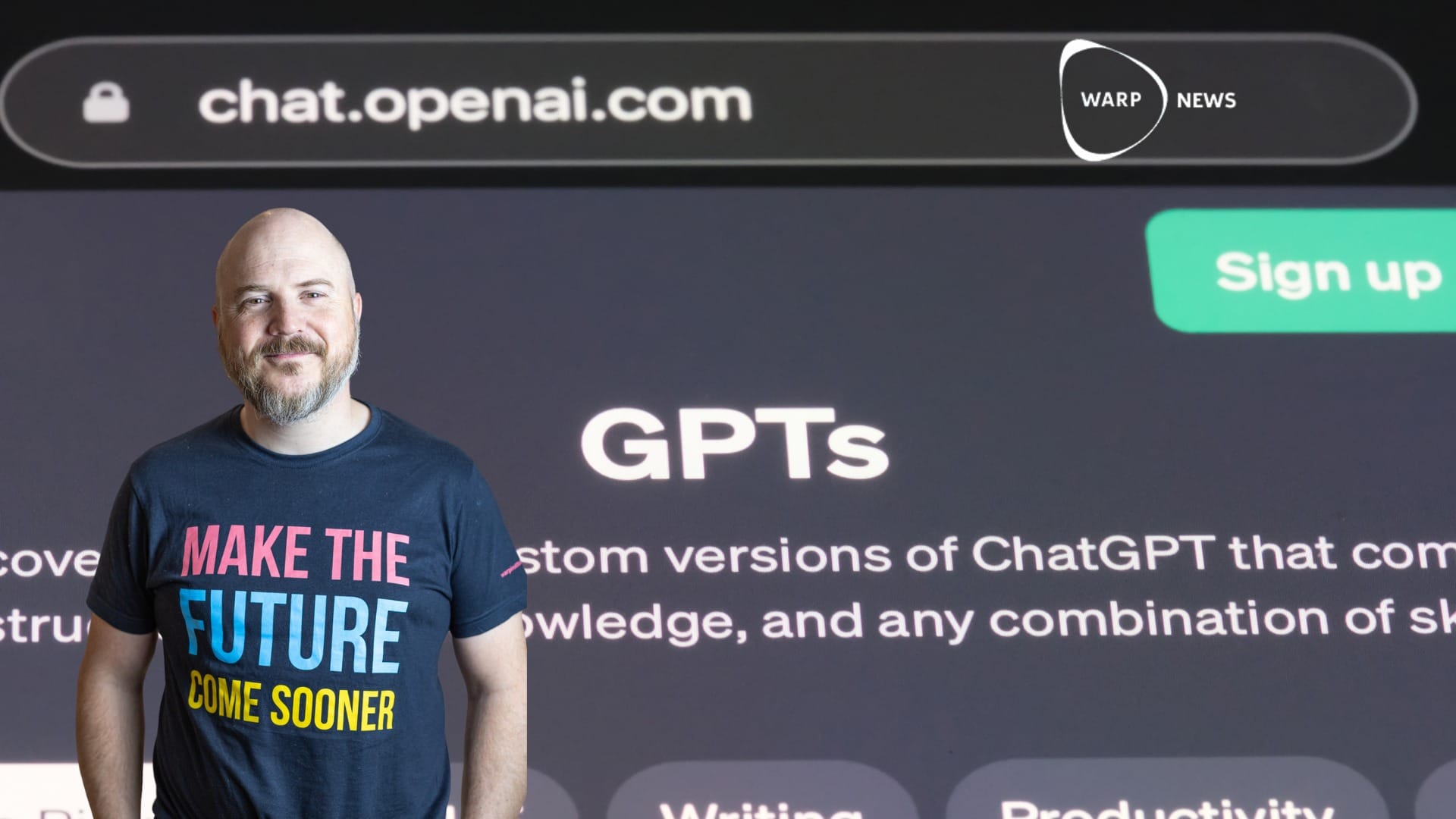
👨💻 The angry optimist's guide to creating a GPT (your own special version of ChatGPT)
Now it's possible to build special versions of ChatGPT. It's powerful but super easy and anyone can do it. Here are some tips to get started.
Share this story!
OpenAI has made it possible to create your own special version of ChatGPT, a GPT. They have also opened a GPT Store, which, like the App Store and Google Play, offers a large number of GPTs built by others.
It's not difficult! Just like with ChatGPT, you build your own GPT using your normal language. You don't need to know how to program or anything like that. Nor do you need to be an expert in what you want to build, you solve that together with the AI. If you can send an email to a colleague, you can do this.
I have previously written a guide on how to get started with ChatGPT and published a book, "The Centaur's Edge," about how to use ChatGPT and AI. The book is available as a GPT, where you can talk to the book about the book.
What you can build
Before we get into how to do it, let's start with some inspiration. In the GPT Store, you can see what's possible to build. Here are some examples of popular GPTs:
- Consensus is a research assistant that searches among 200 million research papers to find answers to your questions.
- DesignerGPT creates websites.
- Video Maker creates videos for YouTube, TikTok, etc.
- Logo Creator... well, guess what it does. 😊
- Diagrams: Show Me makes diagrams, visualizations of drawings, mind maps, etc.
- Write For Me writes and sticks to exactly the number of words you specify.
- SEO analyzes your website.
- Video Insights summarizes the content of a video.
- AllTrails helps you find trails to run.
As you can see, there is a wide range of possibilities for what you can build.
Only for GPT 4 (the paid version)
You must have the paid version of ChatGPT to use and build GPTs. Once you have it, you can create as many as you want.
You can build for yourself and for others
There are three options for how public your GPT is. 1) Only you have access to it, 2) available to those with a link, or 3) open for anyone to use and searchable in the GPT Store.
Connect your GPT to an external source
A key feature is that you can connect your GPT to another program or a database. An example is Video GPT by VEED. You write the instructions for what your video should look like in the GPT, but then move to their website for the final result.
How to create a GPT
Go to ChatGPT (the paid version, as mentioned.)
In the left column at the top, click on Explore GPTs.
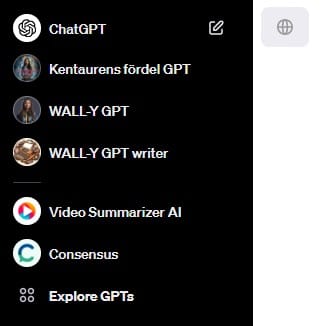
This will take you to the GPT Store where you can look around and test different GPTs.
In the upper right corner of that page, it says MyGPTs and there is a green button that says Create. Click on it.
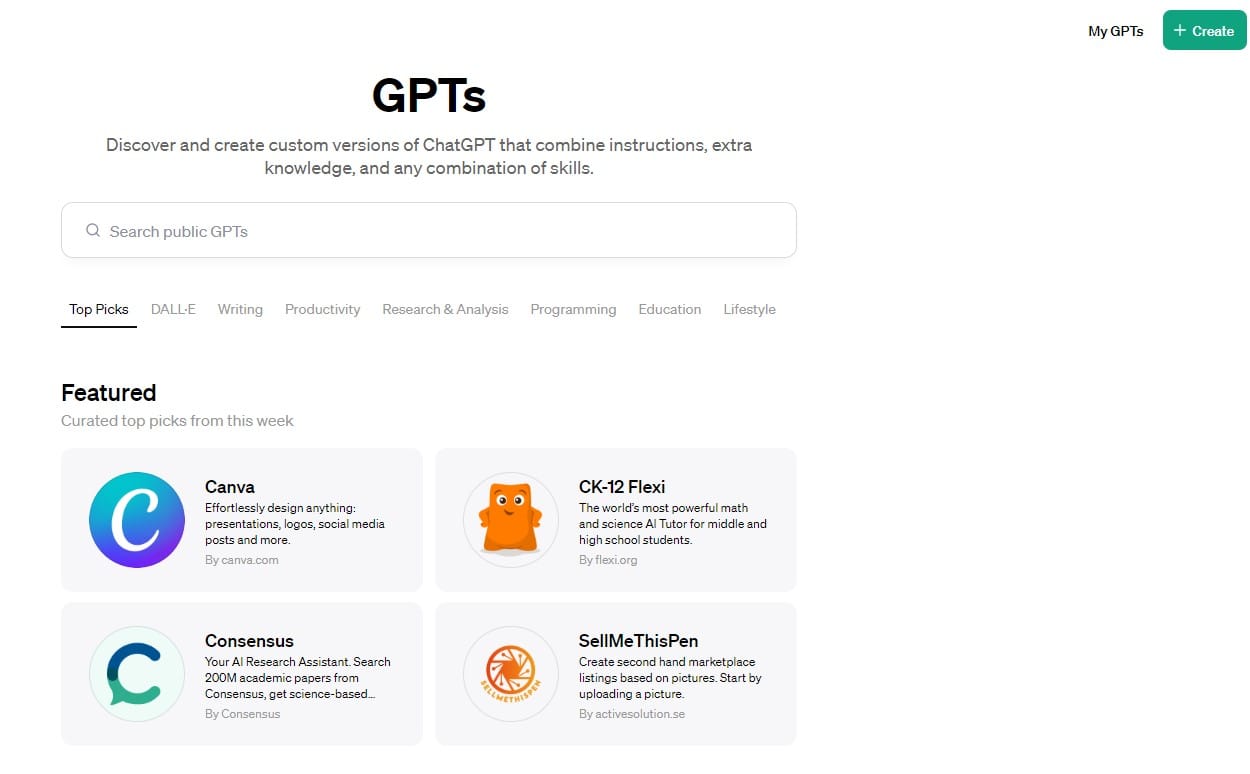
This takes you to this page. On the left, you create your GPT and on the right, you test it.
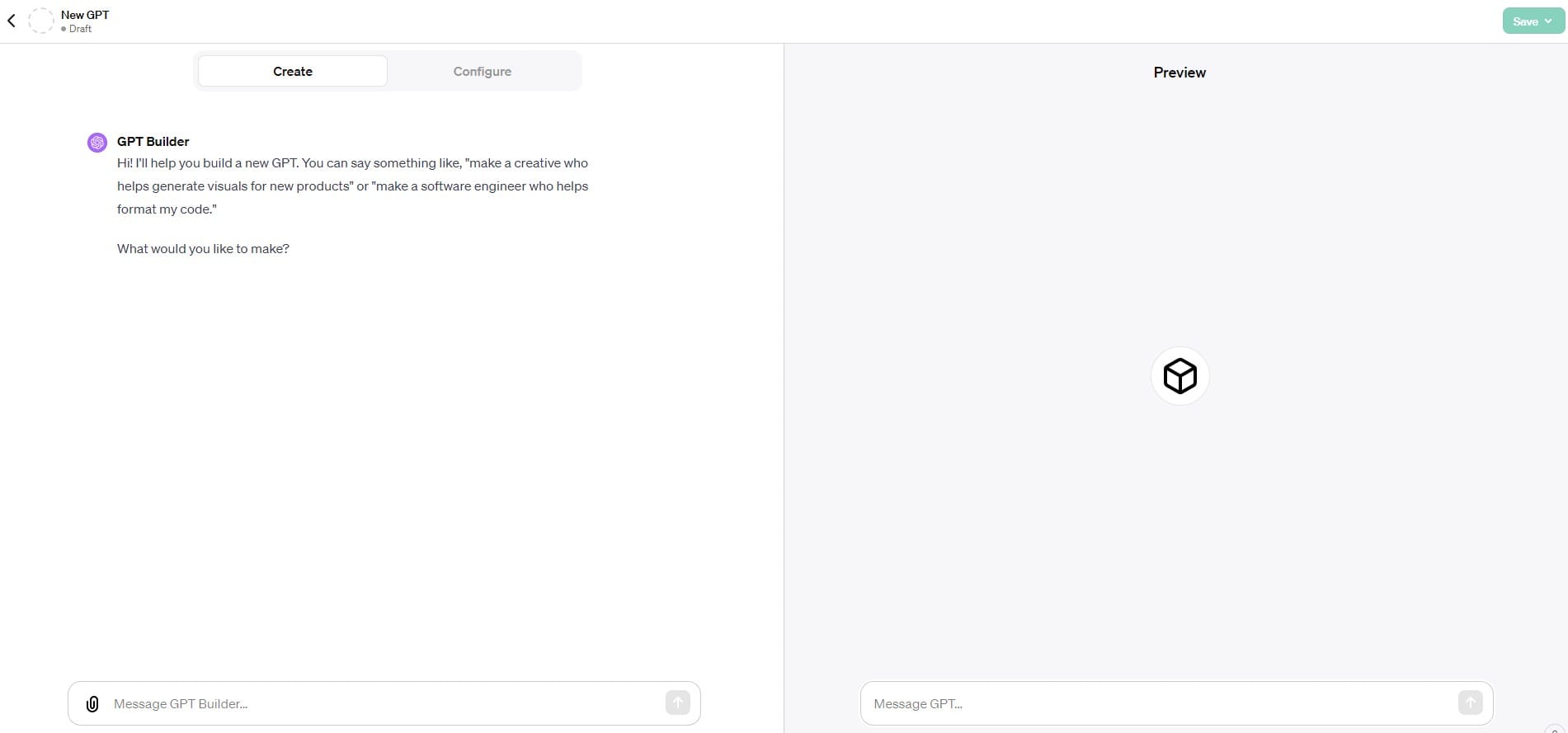
Think of sitting down with a project manager
Imagine you have an idea and sit down in a meeting with a project manager. This person is going to build what you wish.
The project manager starts by asking what you want to build. You explain your idea and get follow-up questions. Some things require expertise, a designer is called in, then a programmer. They build a prototype. You test it, notice what doesn't work as you want, and they make changes.
It continues like this until you have a version you are satisfied with and can start using.
This is how you build a GPT. But the project manager is not a person, but an AI.
(I got this excellent thought model from Joakim Jardenberg.)
Build by answering questions
It will ask you a series of questions. The first one is: "What would you like to make?"
It's okay to answer in a language other than English, such as Swedish, and even ask it to switch to Swedish.
Be as detailed as possible
The more details you have in what you want to build, the more you will get what you want. If you don't know exactly, you can be vague, ask questions, and ask for help, but if you know, it's good to be detailed in your descriptions.
It's possible to change
If something goes wrong, or you want to change for some other reason, it's possible. Just write to it what you want to change.
Test
Once you have built a first version, test it in the right window. Test a lot and early, because it will definitely be needed. It's hard to judge how it interprets instructions so some will need to be adjusted.
Fine-tune
There are two buttons, Create and Configure.
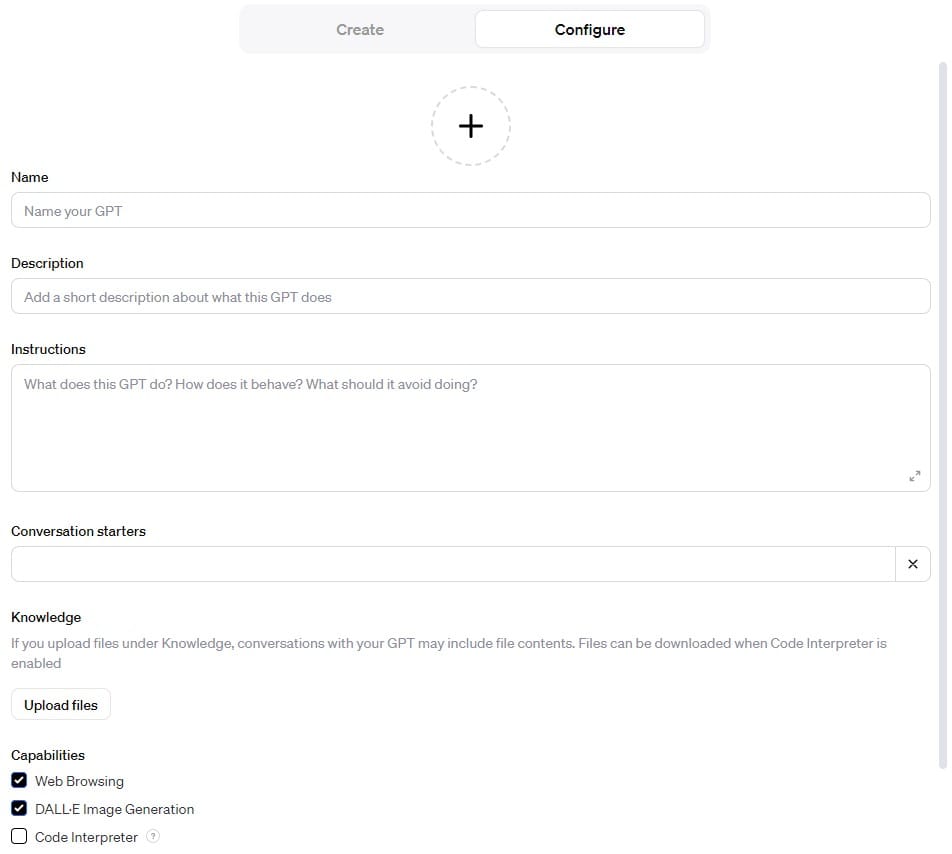
Create is where you answer questions and explain what you want to build. In Configure, you can see what is created based on your answers and instructions. Instructions are what your GPT will read to understand what to do.
Here you can make direct changes. You can also build your GPT here, if you prefer, but then you don't get help from the "project manager."
You can upload documents
Via Upload files, you can upload various files or documents that you want your GPT to use.
In my Centaur's Edge GPT, I have uploaded a PDF with the book and instructed it to only talk about things that are in the book.
Test!
The most important thing is to test and experiment. To do that, you don't actually need to learn anything at all. Just communicate in your normal language, as if you were writing an email to a colleague.
I can't program or am a gadget nerd who understands how to connect things. But I master this because it's so easy, and I dare to test. Then you quickly get better.
Mathias Sundin
The Angry Optimist
By becoming a premium supporter, you help in the creation and sharing of fact-based optimistic news all over the world.

